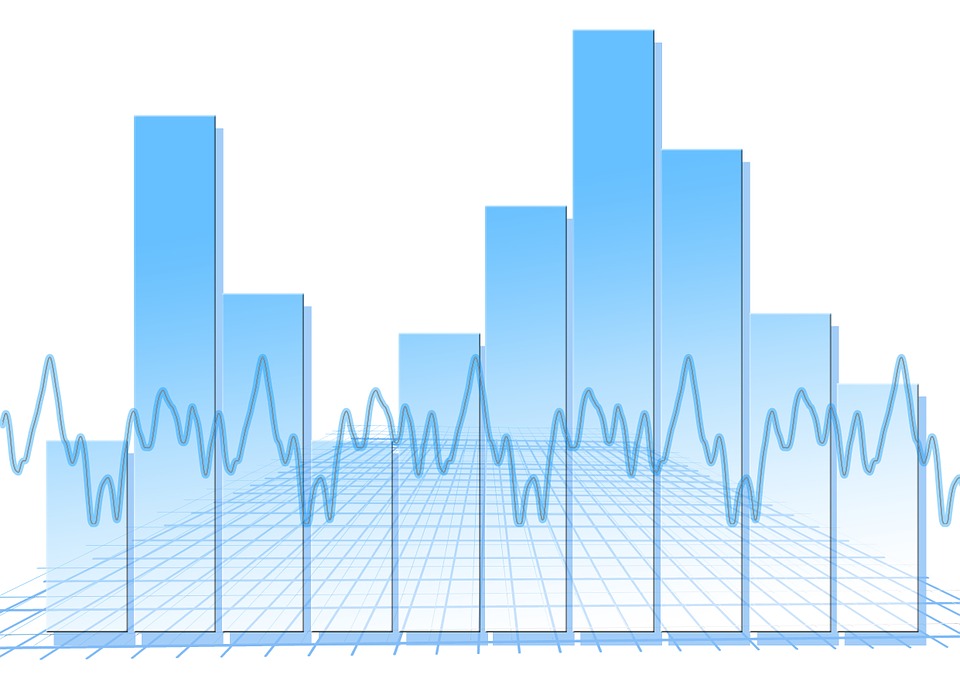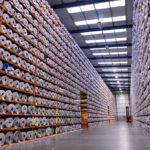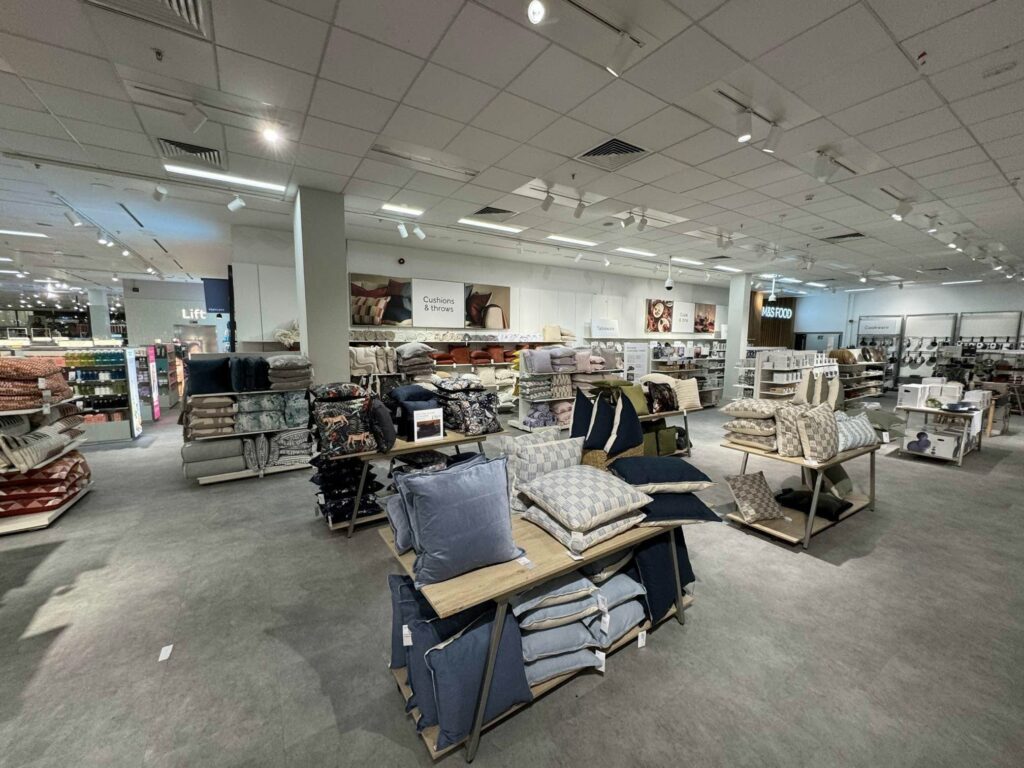Furniture prices rose slightly in January, marking a return to inflation for the first time in 10 months, as overall inflation increased sharply.
According to the latest Office for National for National Statistics (ONS) data, the Consumer Prices Index (CPI) rose by 3.0% in the 12 months to January 2025, up from 2.5% in the 12 months to December 2024. On a monthly basis, CPI fell by 0.1% in January 2025, compared with a 0.6% fall in January 2024.
The largest upward contribution to the monthly change in both CPIH and CPI annual rates came from transport, and food and non-alcoholic beverages; the largest downward contribution to both came from housing and household services.
Furniture and furnishing prices rose by 0.5% in January, compared to a decline of 0.5% in December, while up from a 1.5% fall compared to the same month last year.
The retail price of household furniture increased by 0.7% in the month, up from a rise of 0.3%, while also up from a decline of 1.5% last year.
Garden furniture prices fell 11.3%, compared to a fall of 11.7% on last month and down from a rise of 0.2% compared to last year.
Carpets and other floorcoverings prices rose 0.6%, compared to a fall of 2.5% the previous month, while higher than the 0.5% decline last year.
Other household textile prices, including furnishings fabrics, curtains and bedding, saw prices rise by 0.3%, lower than its rise of 0.6% the previous month, while down from a rise of 3.6% on last year.
Meanwhile, Producer Price Inflation (PPI) saw the rate of furniture output prices, factory gate, rise 1.7% in January on the same month in the previous year. The rate was lower than the rise of 2% in December. Furniture input prices, material cost of production, were up 0.8% on the same month last year, slightly up from the rise of 0.7% from the previous month.
Producer input prices fell by 0.1% in the year to January 2025, compared with a revised fall of 1.3% in the year to December 2024. Producer output (factory gate) prices rose by 0.3% in the year to January 2025, up from a revised fall of 0.1% in the year to December 2024. On a monthly basis, producer input prices rose by 0.8% and producer output (factory gate) prices rose by 0.5% in January 2025.
Commenting on the inflation figures for January, ONS Chief Economist Grant Fitzner said: “Inflation increased sharply this month to its highest annual rate since March last year. The rise was driven by air fares not falling as much as we usually see at this time of year, partly impacted by the timing of flights over Christmas and New Year. This was the weakest January dip since 2020.
“After falling this time last year, the cost of food and non-alcoholic drinks increased, particularly meat, bread and cereals. Private school fees were another factor, as new VAT rules meant prices rose nearly 13% this month.”
Responding to the latest CPI inflation figures, Kris Hamer, Director of Insight of the British Retail Consortium, said: “Headline inflation rose to its highest point in almost a year, driven by rising food inflation and air fares. While the inflation rate of clothing and footwear increased, extensive discounting by retailers saw prices decreasing significantly on the month.
“The same was true for furniture and household equipment, which despite decreasing in price on the month, returned to inflation for the first time in ten months. Food inflation jumped significantly as retailers anticipated significant additional costs such as the changes to Employers’ National Insurance and increases to the National Living Wage, coming into force in April. There was however some good news as some key foods such as pasta, potatoes and olive oil did drop in price on the month.
“A rise in the headline rate of inflation to start 2025 is likely a sign of things to come given the £7 billion worth of additional costs the retail industry is facing this year. Prices are expected to rise across the board over the course of the year. If the government wishes to keep inflation under control, which would ease the burden on consumers, it should mitigate the huge cumulative costs facing the retail industry. Speeding up business rates reform or delaying new packaging taxes would help ease the pressure on prices for the rest of 2025.”















